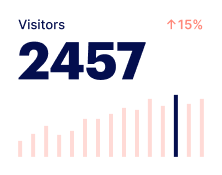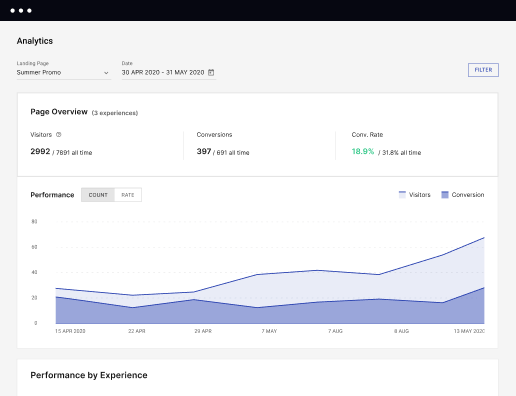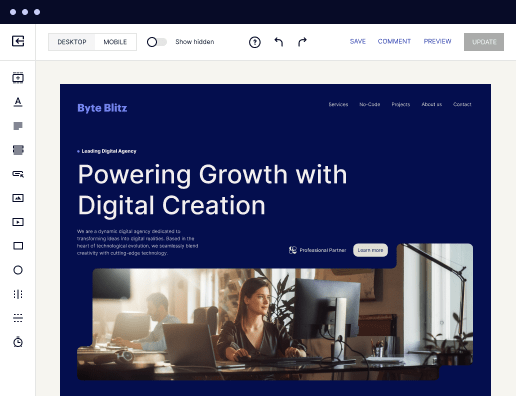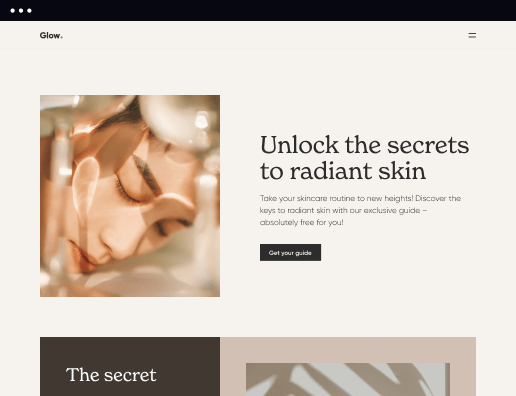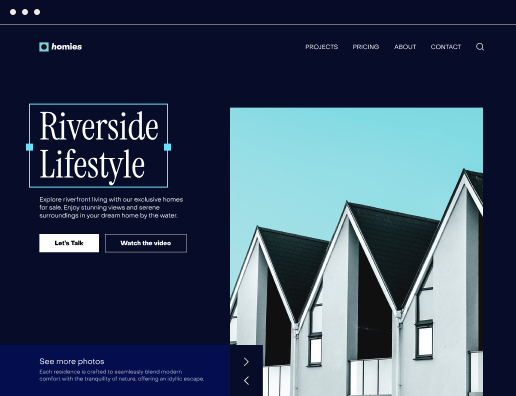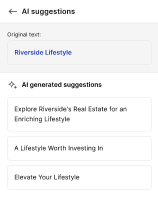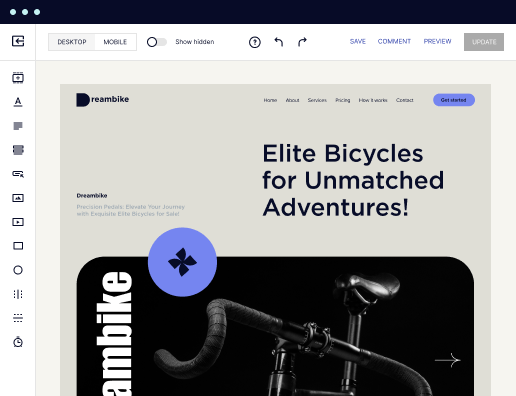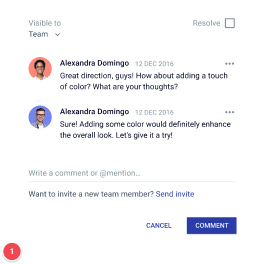Make your 403 forbidden page designed for Windows Server
Instapage empowers you to reduce costs, increase conversions, and deliver meaningful experiences on Windows Server.
Build your 403 forbidden page on Windows Server
Creating an effective 403 forbidden page on Windows Server is crucial for maintaining user trust and ensuring a smooth user experience. With Instapage, marketers can quickly build relevant landing pages that communicate clear messages, and reinforce brand trust, while increasing conversion rates. This step-by-step guide will walk you through the process of setting up a 403 forbidden page with easy-to-follow instructions tailored for the marketing professionals across various sectors.
Understanding the 403 Forbidden Error
The 403 error indicates that access to a resource is forbidden. Understanding the implications of this error is paramount for any marketing strategy. It may confuse potential customers, leading to lost opportunities if not handled with a tailored landing page.
- Communicate the error clearly: Ensure that visitors understand that they are not authorized to view the requested page.
- Provide context: Describe why the page might be restricted and guide the user on alternative actions they can take.
- Utilize branding: Maintain your brand’s visuals on the page to reassure users and maintain brand trust.
Step 1: Configure Your Windows Server Settings
Start by accessing your Windows Server’s settings to customize the response for the 403 forbidden error. It’s essential to ensure that when users encounter this page, they receive informative and supportive messaging.
- Navigate to the directory: Locate your website's directory where error documents are stored.
- Modify the web.config file: Adjust rules in the web.config file to specify your 403 forbidden page gracefully.
- Set permissions: Ensure that your page permissions are correctly set to display your custom page.
Step 2: Design Your 403 Forbidden Page with Instapage
Once your server is set up, design your 403 forbidden page using Instapage. Utilize conversion-focused templates, which allow you to create content that resonates with your audiences. This is your opportunity to personalize the user experience.
- Select a template: Choose a layout from Instapage's library that fits your brand identity.
- Implement dynamic content: Use dynamic text replacement to cater to different segments of your audience that visit the page.
- Include a call to action: Encourage users to navigate to other parts of your site or contact support.
Step 3: Optimize the Page for User Engagement
Finally, optimize your newly designed 403 forbidden page to drive engagement and conversions. Utilize built-in experimentation tools from Instapage to assess user behavior and spot opportunities for improvement.
This three-step process ensures that your 403 forbidden page is not just a stumbling block, but rather a strategic component of your online customer experience. By utilizing Instapage, you empower your marketing team to safeguard user trust even when delivering bad news.
Ready to get started? Sign up for Instapage today and experience how easy it is to build and optimize your 403 forbidden page effectively.
Get more out of Build your 403 forbidden page on Windows Server
Improve your Quality Score with quick load technology for landing pages
Increase conversions with content that aligns with your ads and audiences
Achieve maximum ROI by scaling your marketing initiatives
Leading the way in building high-performing landing pages





FAQs
See how to build your 403 forbidden page on windows server in action
Ready to skyrocket conversions?
Supercharge your ad campaigns with high-performing landing pages.
Get started
